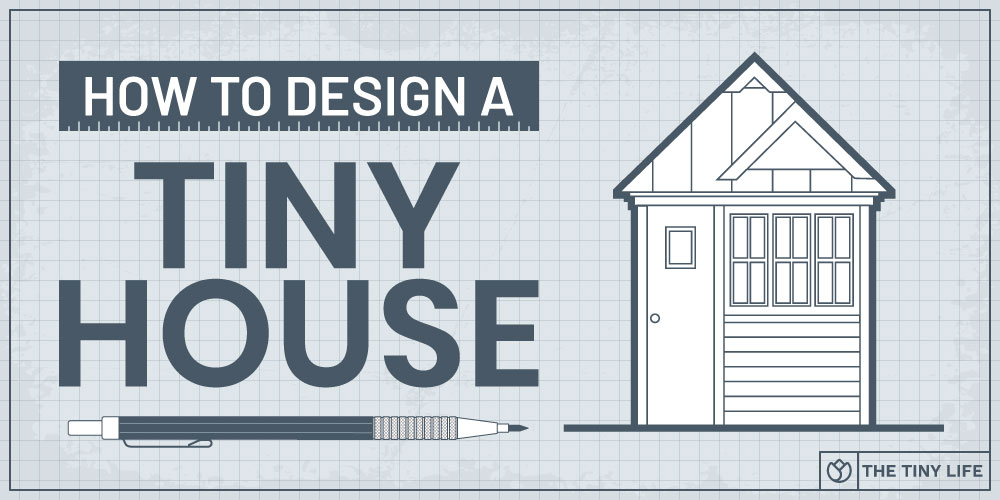

Hi, I’m Ryan
When I was about to start my tiny house journey (a decade ago!) I remember feeling confident in my plan. Yet, part of me was unsure if I could pull off living in 150 square feet full-time. What I came to realize was that a good tiny house design was critical and planning made living in a tiny house possible.
NAVIGATION
You’ve decided that you’re ready to take the steps toward living the tiny life. You’re ready to start planning the home of your dreams. But you don’t know how to design a tiny house—where do you start?
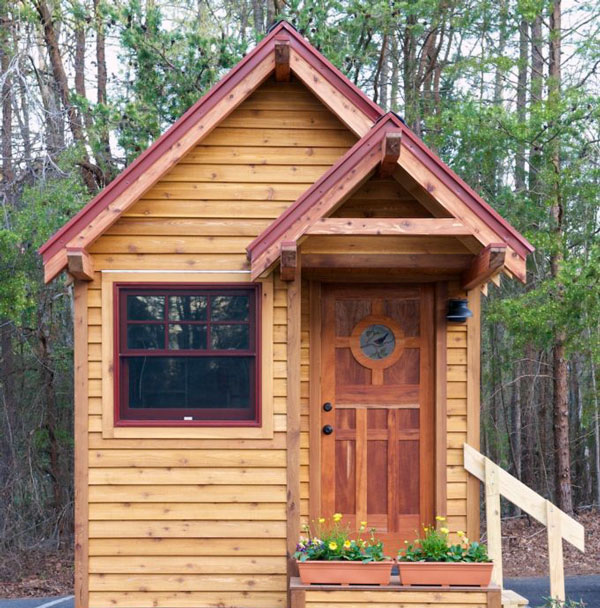 These doubts about how I planned my tiny house lingered until I had lived there for at least a few months. Suddenly, I realized that it was working out perfectly for me and that all the effort I’d put into planning my dream tiny house was worth it.
These doubts about how I planned my tiny house lingered until I had lived there for at least a few months. Suddenly, I realized that it was working out perfectly for me and that all the effort I’d put into planning my dream tiny house was worth it.
In other words, planning is the most critical piece in learning how to design a tiny house. Here’s how to avoid missteps because you don’t want to get down the road in six months or a year with any regrets about your tiny house design.
Why It’s Crucial To Get Your Tiny House Design Right

Take a minute to look at the real estate listings out there. You probably see many beautiful homes—big, spacious home designs, stainless steel appliances, 3 bedrooms, 2.5 baths. There’s almost a formula for the standard American house.
When you have a few thousand square feet to play with, getting the design perfect isn’t as critical. After all, if you forget a pantry, there’s always a closet down the hall. Turn a guest bedroom into a home office; switch your workout space with your kids’ playroom.
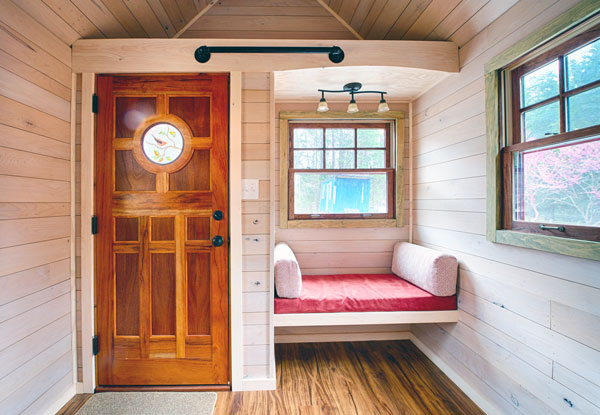 In a tiny house, you’re working with so much less room. If you forget a place for the trash bin or fail to plan enough kitchen storage, you’re out of luck.
In a tiny house, you’re working with so much less room. If you forget a place for the trash bin or fail to plan enough kitchen storage, you’re out of luck.
I see tiny homes on the market all the time that are being sold because of poor design—the designer didn’t take the time to focus on a design that fit their needs. They’re living in a concept of what a tiny house “should” be, rather than determining their ideal living space.
The biggest factor in knowing how to design a tiny house that fits your needs is to determine EXACTLY what those needs are first.
Once you’ve pinpointed all your needs, you can rest assured that you’ll either find the right pre-designed tiny house plans to meet all those needs, or you’ll have the confidence to fully design your own tiny house. For most of us, designing your house according to your needs and preferences will ensure that you’ll have the perfect home—one you’ll love for years to come.
But how do you design a tiny house? How do you create tiny house plans?
How To Design A Tiny House: Determining Your Needs

I will cover how to design a tiny house from a logistics perspective in a moment, but first, we need to explore the importance of getting started with the right plan.
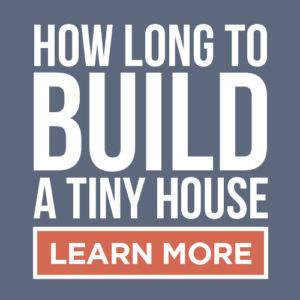 Whether you build your tiny house yourself or have someone else build it for you, YOU have to make the design. You can start with official plans, and you can hire someone to help with the technical drawing portion (although we’ll discuss the best way to do that yourself). But no matter how you get the plans, you need to play a strong role in sorting out your own needs for your house.
Whether you build your tiny house yourself or have someone else build it for you, YOU have to make the design. You can start with official plans, and you can hire someone to help with the technical drawing portion (although we’ll discuss the best way to do that yourself). But no matter how you get the plans, you need to play a strong role in sorting out your own needs for your house.
When I first designed my tiny house, there were very few resources out there. No one was talking about how to design a tiny house.
So frankly, I made a lot of mistakes and spent a lot of time thinking about it and going back to the drawing board. Now I have the benefit of learning from those mistakes (and years of experience) and talking to hundreds, if not thousands of people about their tiny house designs.
I’m going to help you learn from my mistakes, so you can design a tiny house that you love.
Use The Post-It Exercise To Predict Your Tiny House Needs

The best way to determine your needs is to do what I call the “post-it exercise.” This will help you understand what space you need and what areas you can do without.
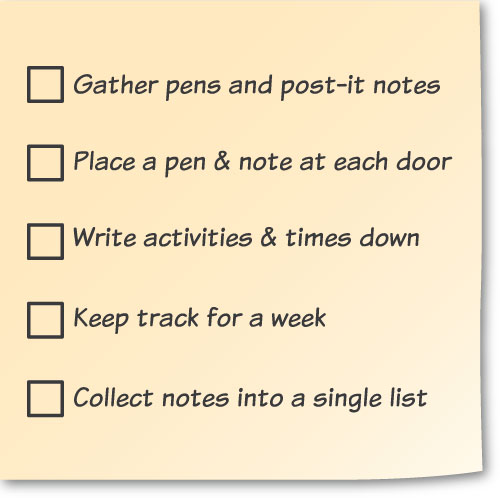 To begin this room tracking exercise, gather a bunch of pens and post-it notes. Go around to each room of your living space and close every door. On the top of each door frame, put the pen and stick a post-it note on the door—this is your visual cue.
To begin this room tracking exercise, gather a bunch of pens and post-it notes. Go around to each room of your living space and close every door. On the top of each door frame, put the pen and stick a post-it note on the door—this is your visual cue.
Now, each time you go into a room, pause to write down what you’re going in the room to do and how long you believe it will take.
On your entry door, write down the activities you leave to carry out and the time estimates for each outside activity. Carry out this room-by-room assessment for at least a week.
When the week is over, you will gather all those post-its, now filled with activities and time estimates. These notes become the comprehensive list of what you do in your home and how long you spend. This list is your guide to help you plan how to design your tiny house.
As you review the list, consider how important each activity is to you (and be very honest with yourself).
Are you spending time on activities that are most important to you?
AS YOU REVIEW THE LIST, CONSIDER THE FOLLOWING ITEMS
- Which activities could you do outside the home? These might include home gyms, a home office, and a laundry room. You might not need an area dedicated to those activities in your home.
- What activities can you cut out all together? Do you need to keep books you’ve already read? What about DVDs if you have a streaming service? Do you collect supplies for hobbies that you never carry out?
- What areas can do double duty or serve as multipurpose spaces? Could you read, watch TV, hang out with friends, and eat in your living room?
- What activities can I outsource? I outsourced my laundry, which saves me time and space on a task I don’t enjoy. For things you can’t cut out of your life, could you hand off the duty instead?
- What is the best option for single-use spaces? If you only knit once a month, you probably don’t want to dedicate a space for that, but you may want to plan in ample cooking space if you cook three meals a day.
- What activities are realistic? Many of us aspire to do certain activities or have certain lifestyles, but what is practical for the way you really live your life?
Develop A Functional Layout As You Develop Your Tiny House Design

A functional layout is a type of mind map—it’s the in-between state of a needs list and a final design or floor plan. The functional layout helps you start to think about how you will group activities.
The post-it note exercise allows you to create a functional layout—a look at what activities you will perform in each space in your tiny house.
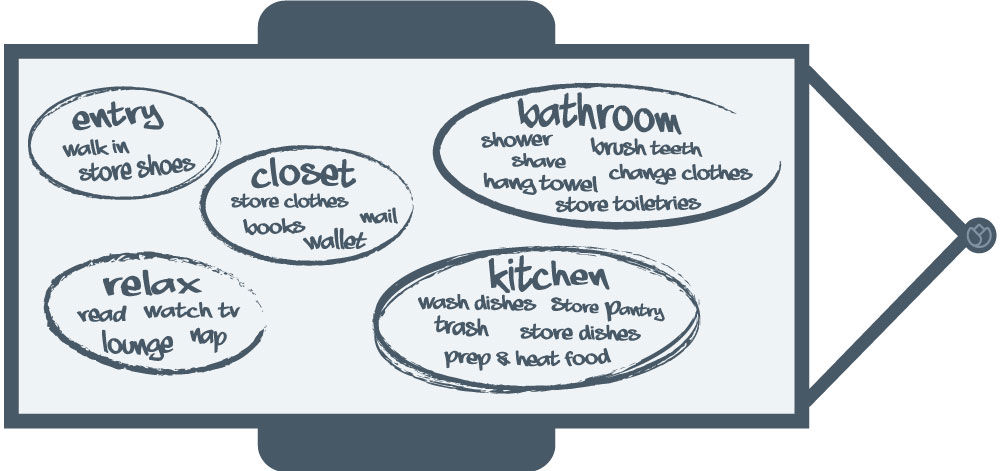
Your functional layout doesn’t need to be perfect—it gives you a visual to associate with the space. In the kitchen, you might store food, cook food, use a pantry, toss items in the garbage, perhaps eat. As you start to think about each space, designated areas will begin to emerge.
Public activities (socializing, eating) generally go at the front of your space, whereas more private activities like sleeping and the bathroom will go towards the back. So the kitchen and living room will act as main areas; the bathroom and bedroom might be further away from the door.
As you create the functional layout, you can also think about flow. I often think of activities—what do I do when I walk in the front door? I take off my shoes, my jacket, put down my keys. I need storage to be near the door. Think about all the interactions you have in your functional areas and start to plot out the space in a way that makes sense to you.
From there, you can sketch out a rough floor plan or use a tool to help you begin to create a tiny house layout.
How to Examine Your Tiny House Design

You now have a rough, functional design for your tiny house. You’ve got a good idea of what you like and what you want in the space. It’s time to examine and test the design to better whittle down your assumptions and ensure you aren’t trying to pack too much into limited space.
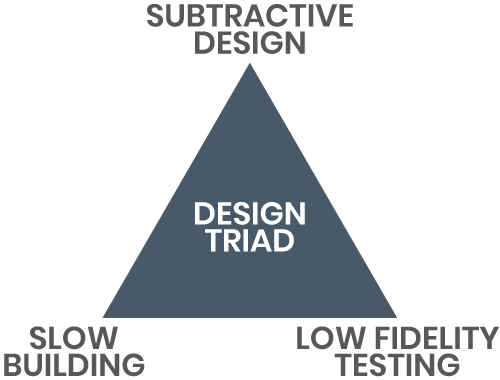
Subtractive Design
Subtractive design is an important concept with tiny house design. You should go through each area and item on your layout and ask yourself, can I remove this item? Would my design get better, worse, or would it stay the same?
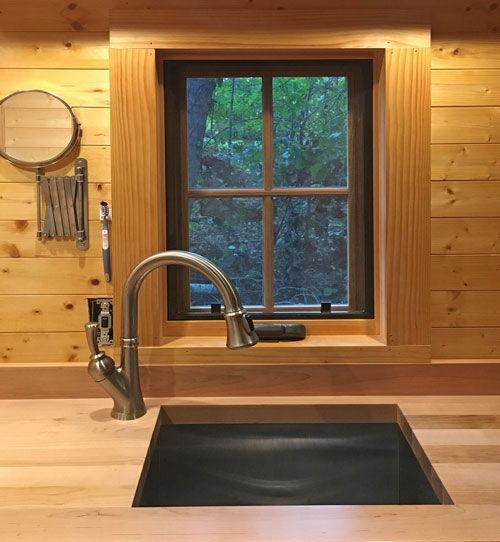 If subtracting the item will leave the area the same, then it’s a strong candidate to remove from your design. If removal makes the design better, then definitely take it out. Each item should serve your design and make your life more functional.
If subtracting the item will leave the area the same, then it’s a strong candidate to remove from your design. If removal makes the design better, then definitely take it out. Each item should serve your design and make your life more functional.
To understand this concept, consider the bathroom sink. Many of us are used to having a sink in the bathroom. In a tiny house, that sink is probably very close to the kitchen, where there is also a sink. In fact, they may only be separated by a small wall. So why not go with one sink that can function for both spaces? Most of us use the bathroom for less than an hour a day, so it makes sense that it’s not an area where we should allocate MORE space.
Low Fidelity Testing
Another critical way to evaluate your tiny house design is to apply low-fidelity testing. When you think you want something a certain way, get out some cardboard and build it. See how it looks and how it functions.
Building a simple prototype is a good exercise to see how something will work, quickly test it, and improve it. In a tiny house, every item is small, so it’s easy to test each piece out to see how it will work in your design.
Slow Building
In the world of home building, everything is geared towards efficiency and speed. Builders tout how quickly they can build a dream home from start to finish.
When designing my tiny home, I realized that I had to take the time to think about the space as I was building it. When I did, I always discovered something that I needed to adjust or something that wouldn’t work for me.
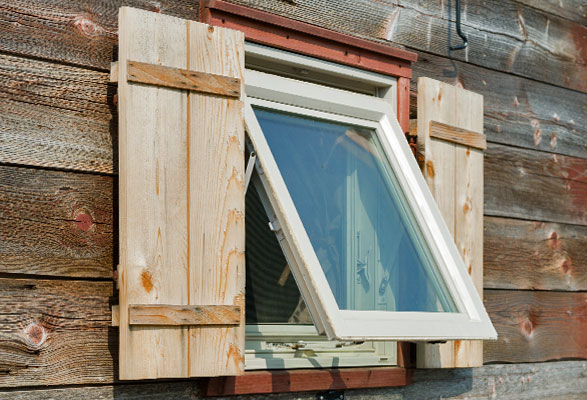 For example, I framed up my windows and built my walls. I stood back to admire my handiwork, and I realized that the windows were too low. I was staring out above my windows!
For example, I framed up my windows and built my walls. I stood back to admire my handiwork, and I realized that the windows were too low. I was staring out above my windows!
If I hadn’t taken a moment to slow down and really think about the framed window, I would have put up sheeting and dropped in the windows. I would have been living with windows that were too low, and I would have had to duck every time. The person who helped me with my framing plans was about six inches shorter than me, and I realized he had designed the windows to meet his needs, not mine.
I refer to my lawn chair as my most important tool. I had this old beat up cheap plastic patio chair where I’d sit whenever I have a problem. It’s a place where I can stop, think, relax, and reflect. When you build a tiny house, you’ll run into sudden problems that you never expected, so having a place to sit down and problem solve is very helpful.
Real-World Testing
The other way to test your tiny house design is to put it to use in the real world. When you have a plan, get out the painter’s tape and go to space in your driveway, garage, basement, or even living room—tape down the design to scale. Act out a day in the life of your house.
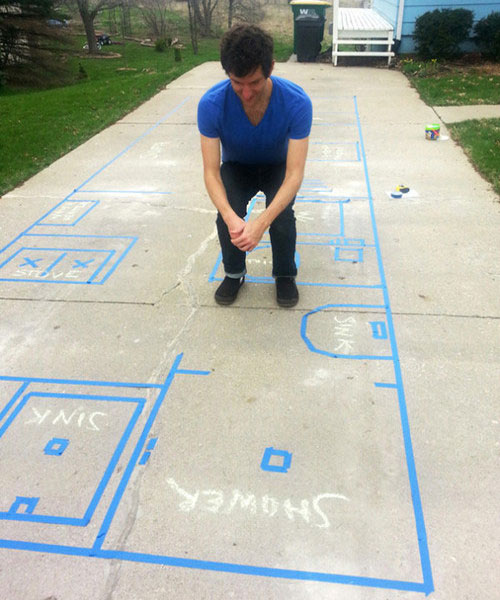 I urged a friend to do this activity before they built their tiny house. He came back to me to report, “I realized as soon as I tried it that my door hit my toilet! I would never have been able to escape my bathroom!”
I urged a friend to do this activity before they built their tiny house. He came back to me to report, “I realized as soon as I tried it that my door hit my toilet! I would never have been able to escape my bathroom!”
When you test out the layout to scale, you can see problems that might arise before you actually go through the building process. For just the price of a roll of painter’s tape, you’ll save yourself a lot of hassle.
Get Feedback
As you test your design, get plenty of feedback. If you live with someone else, their feedback is especially crucial to both of your overall satisfaction with the design. If you live alone, ask friends, family, and other tiny house dwellers to review your tiny house design. Ask them how you should change things or if they foresee any issues.
Avoid These Common Tiny House Design Mistakes

As I said before, when I designed my tiny house, I made mistakes. It happens. Even with all the planning and testing, I still have a few items that, in hindsight, I wish that I could change.
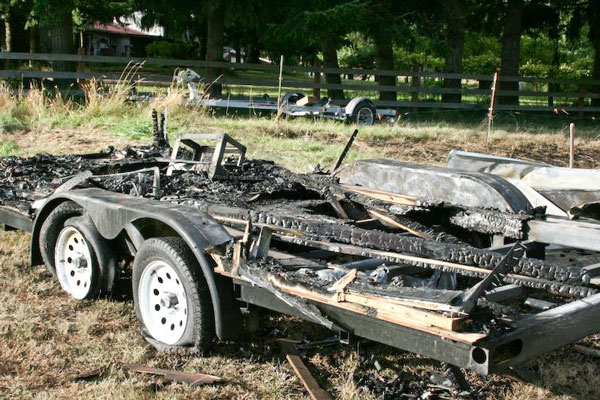 I wish I had more cupboard space. I forgot to put in a spot for kitchen trash. I regret not building in dormers, but none of these items is a make-or-break issue for me.
I wish I had more cupboard space. I forgot to put in a spot for kitchen trash. I regret not building in dormers, but none of these items is a make-or-break issue for me.
Many people don’t have the right mindset about tiny living. To live in a tiny house, you have to have a shift in mindset. You might see others living in their tiny houses, happy and fulfilled.
You might see beautiful designs for tiny homes and small spaces on Pinterest and wonder why your tiny house doesn’t feel that way. You may be reaching for a certain aesthetic—but building your house for Instagram rather than for your lifestyle is a sure plan for failure.
Even though a tiny house features less “stuff,” making the change to a tiny house is still trying to buy a solution to a problem. Those who are happiest with their solution have gone through the mental energy and work to shift into the tiny house mindset.
AVOID THESE COMMON MISTAKES
- Not downsizing first. Some folks wait to clean out and downsize until they’re already moving into their tiny house. Not only is moving day confusing, but you’ll have so much happening that day that you won’t be able to downsize too. Even more stressful, you won’t have anywhere to store your stuff while you sort.
- Trying to do all the things. Don’t be a Jack (or Jill) of all trades and a master of none. Many times, home designers want a craft room, guest room, and more. They make sacrifices to jam everything into the small space rather than choosing a design that supports their needs and realistically works for their lifestyle.
- Getting attached to a design or floorplan. Choosing a pre-designed tiny house floorplan is helpful IF it has everything you want. But many fall in love with a design before they’ve really figured out what they need.
- Not personalizing your design. With a tiny house, you don’t need to be as focused on the resale potential. Instead, focus on what’s right for you. Design the home you want to live in for a long time, and you’ll never have to re-sell anyway.
- Focusing on a narrow checklist. It’s also easy to focus on a checklist of specifics or to think of all the things you want your tiny house to “be” rather than thinking of what you need the space to “do.”
- Failing to separate needs from wants. Deciding what you really need versus what you want requires mental and emotional maturity. You need to be able to keep your wish list separate from your must-have list.
Once you’re in the right headspace, the most challenging part is complete! But there are still some other mistakes you should avoid.
Awareness of these common tiny house design pitfalls is the first step. Once you are aware of how each of these factors can work against your tiny house design’s success, it’s time to look at alternatives.
Here’s what you should do instead of making the above mistakes when you’re figuring out how to design a tiny house.
WHAT YOU SHOULD BE DOING INSTEAD
- Downsize, declutter, and break up with consumerism.
- Do a few things well in the space—focus on your priorities.
- Allocate your space based on the time you will spend using it.
- Design your tiny house for you and your needs (not what sounds good to others).
Ready To Design Your Tiny House? Here Are The Design Apps You Need.

Once you’ve done the mental work and planning, you’re ready to start designing your house! But many people panic when they get to this stage because they’ve never designed a house before. You’ll need to decide whether you feel comfortable doing the design part yourself or if you need to enlist the help of professionals. If you do it yourself, don’t worry—it’s surprisingly easy and even fun!
I’ve discussed the best tiny house design software extensively before, but here’s a quick rundown on the technology you will need to help you design the tiny house of your dreams.
DESIGN APPS YOU NEED






Because you’re working with such a small space, DIY tiny house design is realistic. Many of us can tap into our inner design skills and may find the process very enjoyable. I suggest having an expert review your plans and getting some feedback from friends or family as you go (just in case you’re missing the forest for the trees).
Tiny House Design Tips Room-By-Room
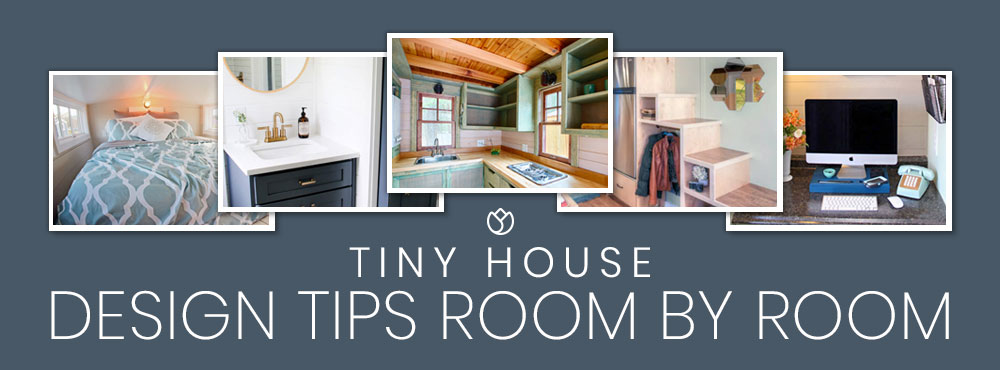
When you’re ready to design, you can break it down room by room. I’ve written specific posts and guides for most of these areas that will help you in your planning. Here is a brief overview of each area of your home and the essential points for each space.
Kitchen
![]() The most important thing about designing a tiny house kitchen is that it needs to be sized to meet your needs and the way you cook. For example, I love to grill outside, so I don’t need a HUGE cooking range or a lot of room in my kitchen.
The most important thing about designing a tiny house kitchen is that it needs to be sized to meet your needs and the way you cook. For example, I love to grill outside, so I don’t need a HUGE cooking range or a lot of room in my kitchen.
In the kitchen, storage is crucial. As I mentioned before, I wish I had more storage, and I failed to include a trash pullout. While it’s not a huge deal, the trashcan does take up some floor space. It works okay for me, but in retrospect, it could have been better.
For kitchen guidance, explore my post Tiny House Kitchen Ideas And Inspiration.
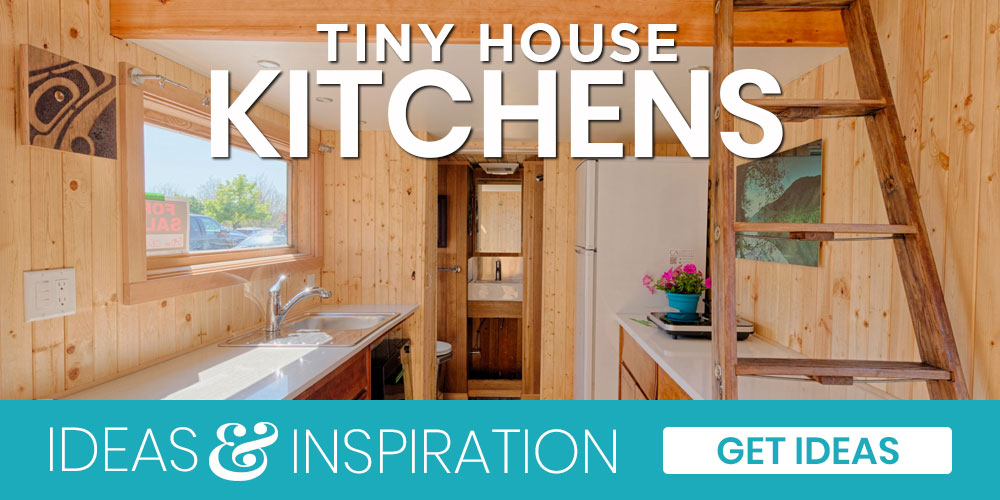
Sleeping Loft
![]() Does your ideal tiny house design include a sleeping loft? It depends on your comfort with climbing up a ladder or stairs each night for bed. It also may depend on the number of people in your family and other factors.
Does your ideal tiny house design include a sleeping loft? It depends on your comfort with climbing up a ladder or stairs each night for bed. It also may depend on the number of people in your family and other factors.
Remember, there are no rules that say every tiny house should include a sleeping loft! I’ve seen ranch-style tiny homes and tiny homes where the loft was a play area, living room, or home office.
I have a sleeping loft, which I like, but it does present some challenges. When I was choosing a mattress, I had to get one specially made to fit the space (and eventually switched out to a smaller mattress to have more room on the edges of my loft.
The biggest regret I have with my loft is that I didn’t build in dormers. I really could have used the extra space. At the time, dormers weren’t a common feature, but now they’re very popular, and I wish I would have had the foresight to put them in my space.
For sleeping loft guidance, look at my post How To Set Up A Tiny House Loft.
Office
![]() An office isn’t needed in every tiny house. If you work remotely, you may want a home office if that fits your work style. For me, a coworking space and my outdoor “office” (on my picnic table) work really well. When living the tiny life, sometimes you have to extend your idea of living space to include your corner coffee shop or your neighborhood gym.
An office isn’t needed in every tiny house. If you work remotely, you may want a home office if that fits your work style. For me, a coworking space and my outdoor “office” (on my picnic table) work really well. When living the tiny life, sometimes you have to extend your idea of living space to include your corner coffee shop or your neighborhood gym.
Should you decide that you will need a home office, there are plenty of options to turn a corner or a small area of your tiny house into a workspace. Consider if you will need the workspace all the time or an area that can do double duty, like a breakfast nook or corner of the living room.
To learn more about tiny home offices, check out the Tiny House Office Guide.
Bathroom
![]() I get a lot of questions about designing a tiny house bathroom. As someone who’s lived in a tiny house for years, I’ve definitely learned a few things about bathrooms and tiny homes—it’s an area people really worry about, but the reality is much simpler than they may think.
I get a lot of questions about designing a tiny house bathroom. As someone who’s lived in a tiny house for years, I’ve definitely learned a few things about bathrooms and tiny homes—it’s an area people really worry about, but the reality is much simpler than they may think.
My bathroom doesn’t have a sink because I have a kitchen sink right outside the door. It seemed unnecessary to have two. You may want to think about whether you want a tiny house toilet inside your bathroom or if you prefer an outhouse. There are many benefits to using an outhouse, especially if, like me, you live on a large parcel of land.
To explore tiny house bathroom design, read the post Designing Your Dream Tiny House Bathroom.
Storage Solutions
![]() The major challenge of a tiny house is having enough storage. It requires all the mental work that I outlined above, so you can find the storage solution for everything you’ll need and use in your tiny house. Storage is one of the biggest tiny house challenges, so it’s my rule to take whatever storage you THINK you’ll need, then double it.
The major challenge of a tiny house is having enough storage. It requires all the mental work that I outlined above, so you can find the storage solution for everything you’ll need and use in your tiny house. Storage is one of the biggest tiny house challenges, so it’s my rule to take whatever storage you THINK you’ll need, then double it.
Even following this rule, I must admit that I didn’t plan enough pantry space when I designed my tiny house, and it’s one area I wish I could improve. I hear that same frustration from many of my tiny house friends—pantry space is a necessity.
To help you plan for your storage needs, don’t miss my post on Tiny House Storage.
Tiny House Stairs
![]() I wanted to touch on stairs a little here too. Many people assume that stairs are a must-have, especially if they have a loft, but I would challenge you to really think about the space that stairs will take up and find a more functional solution.
I wanted to touch on stairs a little here too. Many people assume that stairs are a must-have, especially if they have a loft, but I would challenge you to really think about the space that stairs will take up and find a more functional solution.
I don’t have stairs, and I just use a ladder to get up to my loft. For me, it works well, and I wouldn’t change it. The ladder takes up hardly any room, and it’s easy for me to use. If you decide that stairs are more realistic for you, consider how you can overlap your stair plan with storage to create a multifunctional space.
For tiny house stair design ideas and inspiration, check out Tiny House Stairs.
Tiny House Floor Plans
 Here are some basic tiny house floor plans to give you a starting point. Remember not to rely on the parameters of the tiny house plan. Customize the design and figure out what will work best for your lifestyle.
Here are some basic tiny house floor plans to give you a starting point. Remember not to rely on the parameters of the tiny house plan. Customize the design and figure out what will work best for your lifestyle.
Ready To Begin Planning Your Tiny House Design?
 If you’re ready to take the next steps and need guidance on how to design a tiny house, download my comprehensive book Designing Your Tiny House.
If you’re ready to take the next steps and need guidance on how to design a tiny house, download my comprehensive book Designing Your Tiny House.
Not only does the book delve deeper into many of the topics we’ve touched on here, but I’ve included a grid and floor plan kit so you can get started with your layout. There are tools to help you budget, configure the weight plan for your trailer, and set up a supply ordering schedule.
Designing your dream tiny house is a lot of fun and can be a really exciting, creative experience. My book will guide you through the process step-by-step to ensure you end up with a final design that you love!
Your Turn!
- What are your biggest mental challenges around designing your tiny house?
- What areas of your life need decluttering BEFORE you begin the design process?








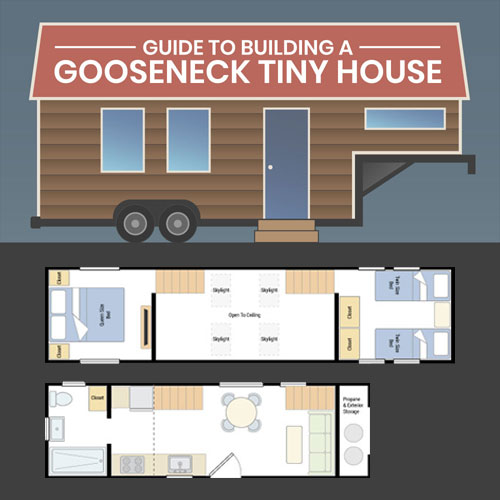
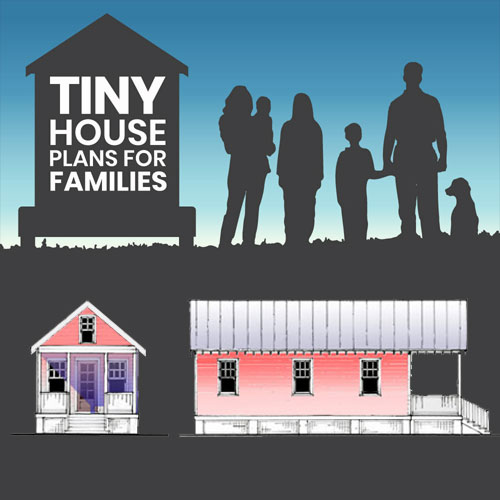
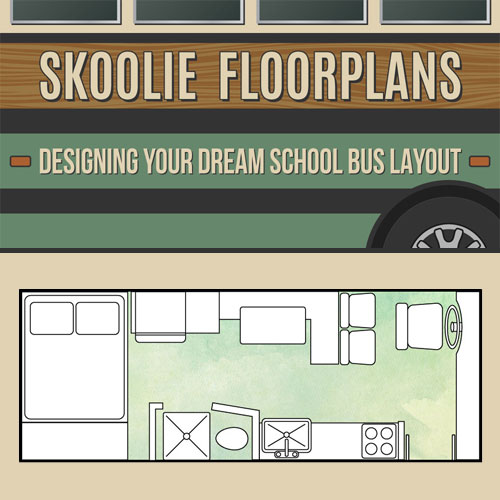
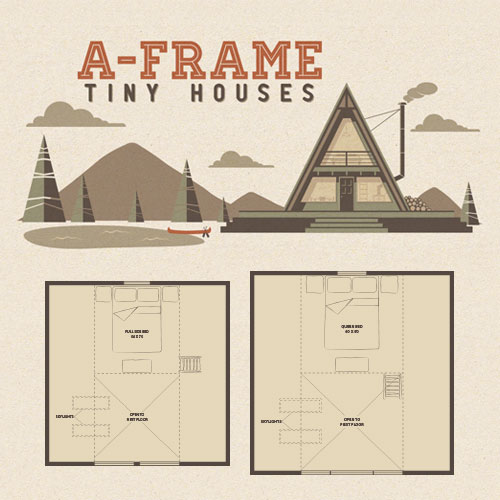
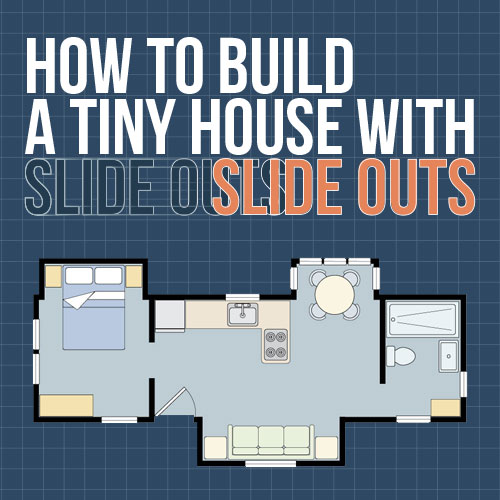
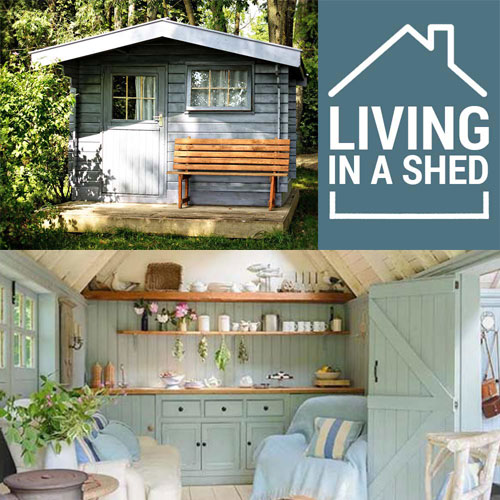

I’m at the seriously early stages of looking into Tiny Houses and this article has been a wealth of information! Thanks so much for writing and sharing it.
This is great! I’m exploring this as an option and your ideas are spot on! for readers, instead of books use a kindle and public libraries use Overdrive which is free and for kids Libby, so you can read ebooks on any computer, phone or reading device. Can you write an article about tiny home design for seniors with limited mobility? I plan on making space for my Aunt who uses a walker and cannot do steps easily, so a loft bed for both of us is a no. But I’m thinking if the living room is large enough for a sofa/pullout bed that will do for two people if there is one bedroom. But have you thought about designing ramps for entrances? I would be interested in looking at plans that are ADA compliant, because Tiny Houses are ideal for seniors and people who are disabled but want an option other than a condo or senior living place.
I really appreciate the website but unless I missed it… Designing the electrical and plumbing and connections to make them work??? Grey water and black water? What do I do on the front middle and end to get water in and out and get power in the tiny house??? These are the thinks that are holding me back to begin the project.
I found it interesting that you mentioned how to plan your tiny house before you actually start designing it. I know it’s a lot of work, but I think it’s an important step in the process. I can’t wait to hear your thoughts on this, Ryan! Golden Visa in Portugal
I have been considering building a tiny house but really haven’t known where to start. This was so helpful! Thank you!
I ABSOLUTELY loved this article (and the add’l articles)! Thank you so much for the information! I am starting my journey and you have cleared a lot of anxiety!